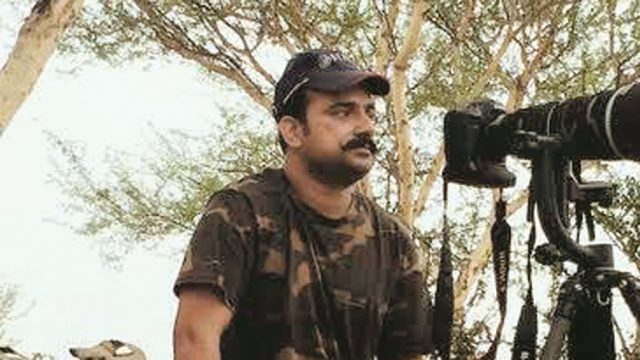It was late on a February evening that I was informed by a local farmer that he had just seen a leopard with two small cubs. I knew which leopard he was talking about. The sightings had dropped in recent times and it finally made sense to me why. “Cubs.” It’s every wildlife photographer’s dream to capture a mother with her cubs, and I couldn’t wait to get on a safari next morning. With my trackers we scoured the hills, boulders and bushes for some sign of the spotted big cat, but came up with nothing. In the afternoon, we scouted the faraway hills. But my gut instinct was to come back to Liloda—the hill just behind the lodge. We returned and assumed our position. Two hours later, our sharp Rabari tracker heard the urgent alarm call of a peacock. Scanning the area with binoculars revealed a leopard silently walking down the hill. My adrenaline hit an all-time high while I tried to remain calm enough and get the shot. In an instant, the leopard—the master of camouflage—had disappeared into the brush. I got just a three-second shot. Shankar, my tracker, said, “Don’t worry. I know where this one will come out again. Let’s go!”
We headed around the hill and it was just getting dark, and what do we see in front of us on the mud road but…not one, but three leopards. The mother had brought her two-month-old cubs for a drink. It was amazing to see how bold they were as they came out of the hedges to drink water at a cattle trough. After they had had their fill of water, they disappeared into the darkness, while we stayed, content from our fill of leopards. That was the first close encounter with the leopard family that I still continue to photograph and film, understanding the secret life of the leopards right from birth.




